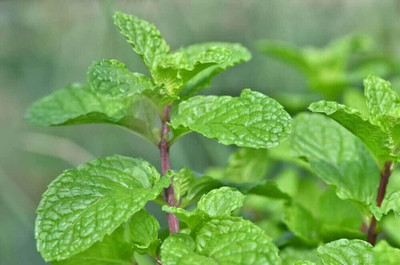LPR PUDINA,MINT Seed(30 per packet)
Quick Overview
Product Price Comparison
Step 1: Seed Selection Purchase high-quality Pudina seeds from a reputable source. Step 2: Growing Medium Instead of traditional soil, use a hydroponic or soilless medium like coco peat, perlite, or vermiculite. These retain moisture well, providing a good base for the seeds to germinate. Alternatively, you can grow Pudina in just water (hydroponics) by keeping the roots submerged in water. Step 3: Seed Sowing Evenly scatter the seeds on the surface of the chosen medium. Lightly press the seeds down, as they need light to germinate, so avoid covering them completely. Step 4: Moisture and Watering Mist the seeds gently with water to keep them moist but not waterlogged. If using water, ensure the water level is just enough to keep the roots submerged, but change the water every few days to prevent stagnation. Step 5: Sunlight Place the container in a spot that gets indirect sunlight for 4-6 hours daily. If indoors, you can use grow lights for a similar effect. Step 6: Temperature and Humidity Pudina seeds germinate best at temperatures between 20-25┬░C. Maintain good humidity by covering the container with plastic wrap or a clear lid to create a greenhouse effect. Remove once germination begins. Step 7: Germination The seeds should sprout within 10-15 days. Keep the medium moist but not overly wet, and ensure good air circulation to avoid mold. Step 8: Growing Once the seedlings have a few leaves, thin them out, leaving the strongest ones. If growing in water, transfer the seedlings into a hydroponic setup or continue to grow them in water by ensuring they receive essential nutrients from the water. Step 9: Maintenance Continue providing ample indirect sunlight. Regularly check the water levels or moisture of the medium, ensuring the roots stay hydrated. Step 10: Harvesting Once the plants have grown enough leaves (around 4-6 inches in height), you can start harvesting. Trim the stems just above a leaf node to encourage bushier growth.


